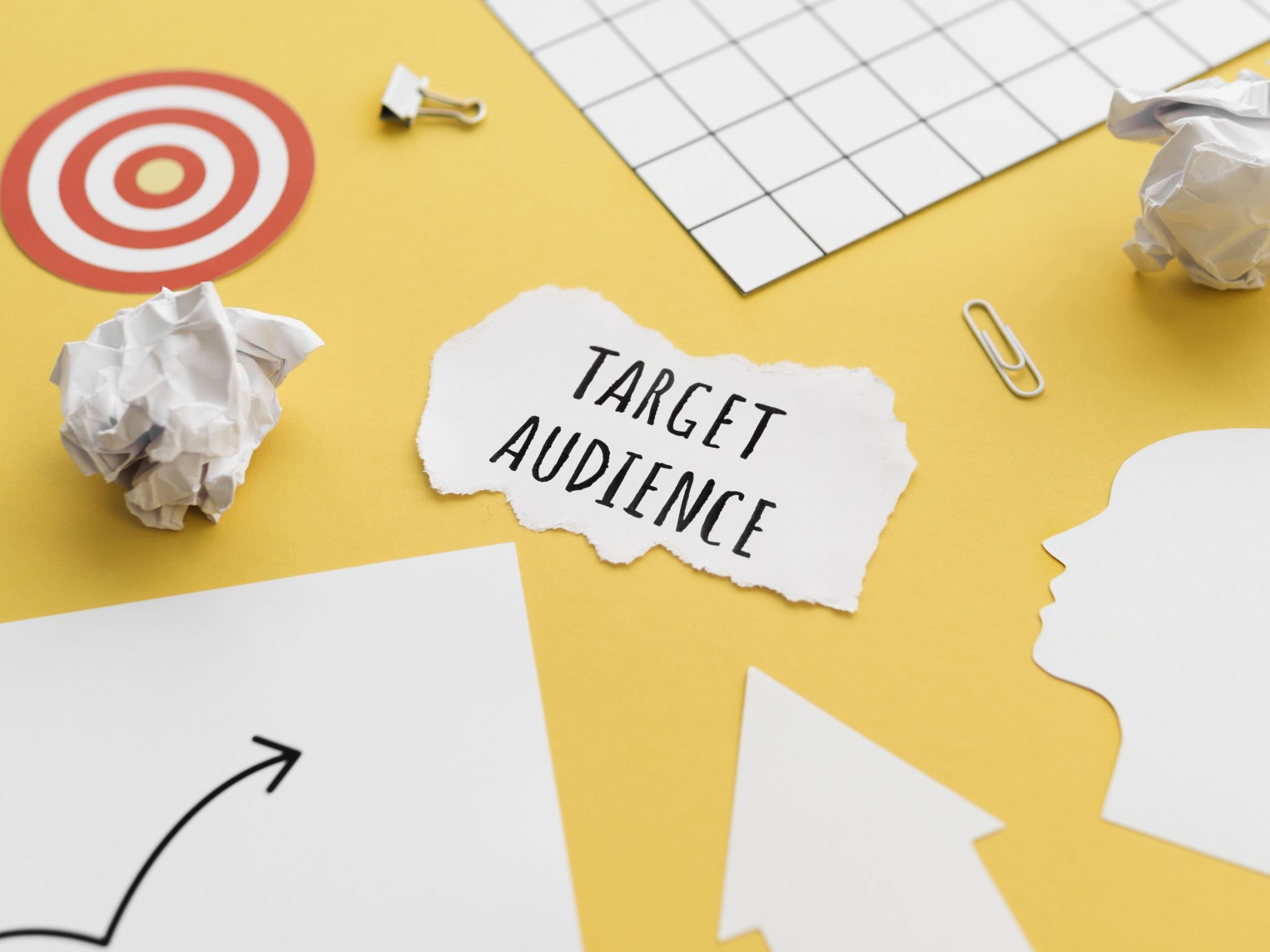
Digital advertising has reached a turning point. Global ad spend is expected to surpass $700 billion in 2025, and competition for attention is higher than ever. Privacy updates, AI-driven targeting, and rising CPMs have made one fact clear: the biggest performance lever is no longer audience data—it’s creative quality.
Where marketers once relied on granular targeting, today’s winning teams focus on creative effectiveness: the ability to test, learn, and scale ideas that deliver measurable results. According to Meta for Business, more than half of campaign success now depends on the strength of ad creative. At Future Digital, we see this shift daily as brands move budgets away from targeting precision and toward data-backed design, storytelling, and iteration.
Performance creative bridges artistry and analytics—turning design decisions into growth systems that scale.

Performance creative is the practice of designing, producing, and optimizing marketing creatives to achieve quantifiable outcomes such as click-through rate (CTR), cost per acquisition (CPA), and return on ad spend (ROAS). Unlike traditional creative built primarily for awareness or aesthetics, performance marketing creative exists to drive immediate action and generate real-time learning.
A “creative” in advertising refers to any visual, copy, or video asset deployed in a paid or organic campaign. Each ad creative is measured for impact—its headline, image, color palette, hook, and call-to-action are tracked across audiences and platforms to understand what resonates.
In a performance creative agency setting, designers, strategists, and analysts collaborate closely to interpret creative performance data and refine future assets. The goal isn’t just to produce attractive ads—it’s to engineer repeatable creative effectiveness that compounds ROI over time.
Ad costs continue to rise while audiences fragment across platforms. In this environment, creative performance determines profitability. Studies show that creative quality influences up to 70 percent of an ad’s effectiveness—far exceeding audience or placement variables.
Performance advertising rewards brands that constantly refresh, personalize, and optimize their creative library. Platforms like Meta and TikTok use machine learning to favor high-engagement content, so well-tested creative directly reduces cost per result.
Three forces are accelerating this shift:
Performance creative solves these challenges by combining data analysis, experimentation, and brand storytelling into one continuous cycle.
Let’s talk about how data, creativity, and performance strategy can drive real growth.
Partner with Future Digital to turn insights into measurable results.
Building world-class creative performance requires structure. The following framework turns guesswork into predictable growth.
Collect first-party and platform data from tools such as Google Analytics 4, Segment, and Meta Ads Manager. Supplement quantitative insights with qualitative signals from surveys, reviews, and community feedback. Segment audiences by demographics, interests, and buying behavior to reveal what truly motivates them.
Translate analytics into hypotheses. Identify which visuals, tones, and offers generate engagement. If sustainability themes outperform discounts, that’s a signal to double down. Creative analytics platforms like VidMob or CreativeX help teams spot performance patterns—color usage, motion length, or CTA placement—that correlate with higher ROAS.
Every creative element should ladder up to a measurable objective. Build modular assets—short-form video, UGC content, static banners—that can be tested rapidly across channels. Map creative types to the customer journey: attention hooks for top-funnel discovery, testimonials for mid-funnel trust, and urgency-driven CTAs for conversion.
Create standardized naming systems (e.g., “HookType_Audience_Date”) to maintain clarity across hundreds of assets. Consistent labeling enables quick comparison of creative versions and simplifies reporting dashboards. A solid convention turns creative iteration into organized experimentation.
Launch multiple variations, gather data, and refine continuously. Use A/B or multivariate testing to uncover which combinations of copy, color, and framing drive the best response. Retire underperformers quickly and reinvest in winners. Over time, this loop builds a library of proven creative templates that scale efficiently across campaigns.
Performance creative isn’t a silo—it connects to every growth channel.
Forward-thinking performance digital agencies use shared dashboards so media buyers, analysts, and designers work from the same creative performance data. This integration ensures that insights from paid ads enhance organic content, retention campaigns, and even product development.
At Future Digital, we help teams operationalize this system—so creative decisions are guided by metrics, not intuition.
A Series A women’s wellness startup came to Future Digital facing high CAC and stalled growth. Traditional lifestyle imagery was no longer converting.
Our team implemented a performance creative framework built around rapid testing and data-driven design. Within six weeks:
By combining creative analytics, structured naming, and automated testing, the brand cut wasted spend and built a sustainable pipeline of high-performing ads. Performance creative transformed its marketing from one-off campaigns into a repeatable growth engine.

Modern performance advertising depends on platforms that blend data, design, and automation:
Together, these tools allow creative and media teams to collaborate seamlessly—closing the loop between design and data.
Artificial intelligence is reshaping creative effectiveness. Predictive models can now estimate ad success before launch, guiding teams toward winning concepts faster. As creative and data functions merge, brands gain the ability to refresh assets automatically when fatigue appears and to personalize content for micro-audiences in real time.
According to Statista, global digital ad spend continues to climb year over year, with video and interactive formats driving the strongest ROI. The next wave of performance creative will focus on contextual storytelling—ads that adapt instantly to audience behavior, platform, and moment.
By 2026, creative effectiveness will be the primary KPI in digital marketing reporting dashboards. The brands that win will treat creative as a living system, not a deliverable.
What’s the difference between performance creative and performance marketing?
Performance creative focuses on ad design and iteration based on data, while performance marketing is the broader discipline of driving measurable results across channels.
How often should ad creatives be refreshed?
Refresh creative as soon as performance declines—typically every two to four weeks for high-spend campaigns. Fast-moving brands test multiple variations weekly to avoid fatigue.
What metrics define creative performance?
Key metrics include CTR, CPA, ROAS, engagement rate, and retention. Combine platform analytics with creative-level tagging for accurate attribution.
Can small teams use performance creative without a large budget?
Yes. Tools like Motion, Pencil, and VidMob make testing and analysis accessible to startups and DTC brands with limited resources.
How can brands measure creative effectiveness?
By tracking asset-level data that connects specific visuals, messages, and formats to performance outcomes. Dashboards from Meta Advantage+ or GA4 help visualize this link clearly.
Creative performance has become the engine of modern marketing. As data privacy tightens and AI reshapes ad delivery, brands that embrace performance creative gain an edge that targeting alone can’t deliver. Every visual, headline, and story becomes an opportunity to measure, learn, and grow.
At Future Digital, we help founders and growth teams build scalable, data-backed creative systems that drive real ROI. If you’re ready to turn your creative workflow into a performance engine, connect with us today.
Visit the Future Digital homepage or read our deep dive on AI Creative Optimization: Your Secret Weapon for Ad Success to see how data-driven design can transform your growth strategy.
For industry insights, explore Meta for Business and Statista’s digital marketing reports.